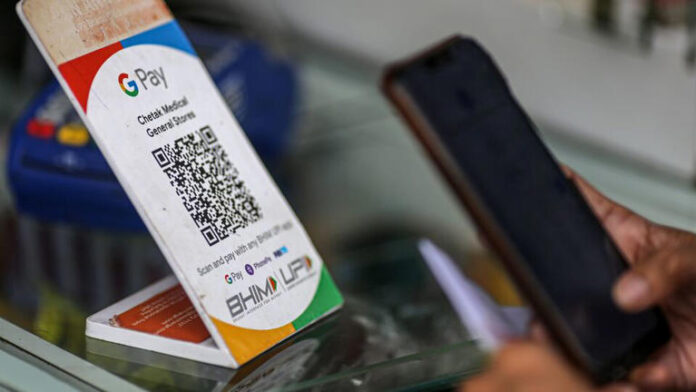A man in Mizoram allegedly used a Google Pay (GPay) QR code trick to defraud a petrol pump. This case has raised concerns over the misuse of digital payment platforms, even as India advances toward a cashless economy.
The Incident: QR Code Scam at a Petrol Pump
The scam came to light when a petrol pump attendant noticed irregularities in payments. The suspect reportedly manipulated a QR code system to give the impression of a successful transaction without actually transferring any funds. By using a modified or fake payment confirmation, he could deceive the pump attendants into believing payments were made, while no money was actually received.
How the QR Code Scam Works
QR codes are increasingly popular for cashless payments at petrol pumps, grocery stores, and local businesses. Customers simply scan the merchant’s QR code, enter the amount, and hit ‘pay,’ instantly transferring funds. In this scam, however, the individual manipulated the QR code or showed a fake confirmation screen to give the appearance of a completed transaction. This is a sophisticated form of digital theft, relying on the assumption that most merchants won’t double-check whether funds were actually received.
In this case, the scam was only discovered after repeated incidents raised suspicion, prompting the petrol pump owners to cross-check the transactions with their bank records. They found that the supposed “payments” were missing, pointing directly to fraud. The suspect has since been apprehended, and the police are investigating whether this tactic was used elsewhere or if it involved multiple people.
Digital Vulnerabilities in Cashless Transactions
The widespread adoption of digital payment methods has generally improved convenience and transaction speed. However, this case underscores a few vulnerabilities:
- Over-reliance on Visual Confirmations: Many small businesses rely on visual payment confirmations instead of verifying with bank records. Scammers exploit this by faking payment confirmation screens.
- Ease of Manipulation: Payment applications do not always require in-depth verification steps, enabling fraudsters to trick businesses by altering display screens.
- Lack of Training: Small business employees often lack training in spotting scams. Familiarity with digital fraud detection and understanding of back-end confirmation processes is crucial.
Rising Concerns with QR Code Frauds
QR code-based scams are part of a larger pattern of fraud associated with digital payments in India. As more people adopt apps like GPay, Paytm, and PhonePe, scammers are finding new ways to exploit them. Fake QR codes, manipulated payment apps, and deceptive payment methods have all become increasingly common. Often, victims are smaller businesses and customers unfamiliar with digital finance protocols.
India’s rapid transition toward digital payments, boosted by the Digital India initiative, has seen major successes. Yet, incidents like these reveal the critical need for further security measures, such as:
- Two-step Verification: Requiring a secondary confirmation step for high-value transactions or specific vendors would make scams harder.
- Enhanced QR Code Security: Businesses can use unique dynamic QR codes generated for each transaction instead of static codes to prevent manipulation.
- Employee Training: Providing training for businesses and individuals on secure digital transaction practices and potential fraud red flags could minimize losses.
Digital India’s Vision and the Road Ahead
The Digital India mission aims to create a cashless, connected economy where digital transactions are secure and widely accessible. While adoption has soared, incidents like this scam in Mizoram indicate that public education and additional security measures must be integrated as well.
Safeguards for Small Business Owners
Small business owners, in particular, can take steps to protect against digital scams:
- Verify Every Payment: Owners should ensure their bank or payment app confirms each transaction instead of relying on the visual confirmation screen provided by customers.
- Use Secure QR Codes: Dynamic QR codes that change for each transaction are harder to fake.
- Regular Audits: Frequent audits of daily transactions can help detect inconsistencies early.
While digital payment technology has streamlined transactions, it’s crucial to stay aware of the vulnerabilities that accompany convenience. The Mizoram incident serves as a cautionary tale, emphasizing the need for vigilance, stronger protocols, and public awareness to prevent such scams in a digitally evolving India. Balancing security with accessibility is the key to achieving the vision of a truly safe and inclusive digital economy.




